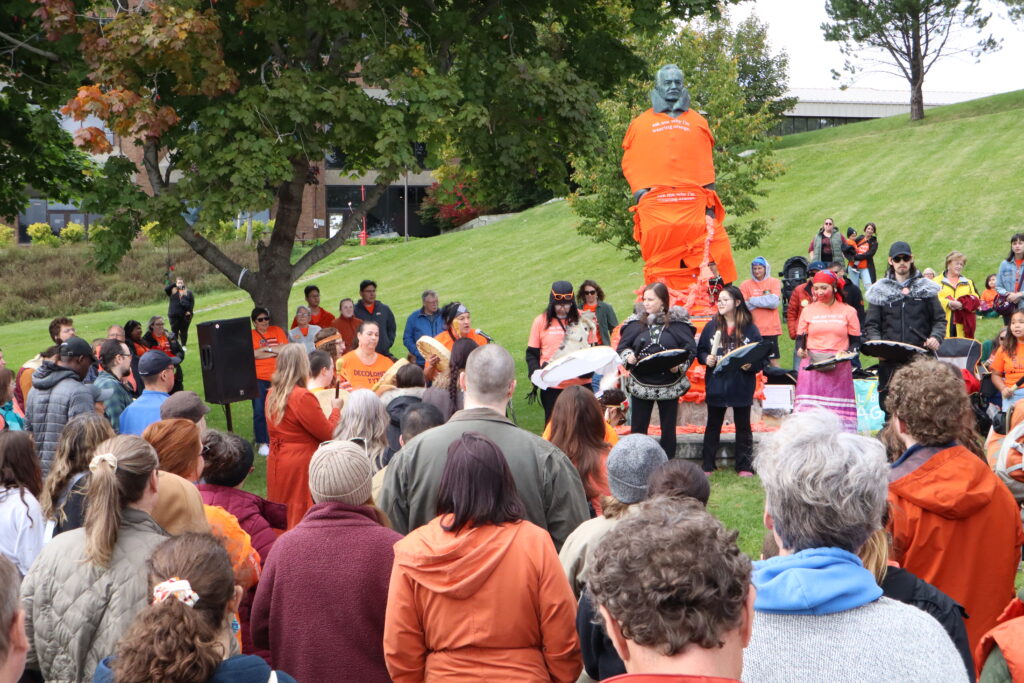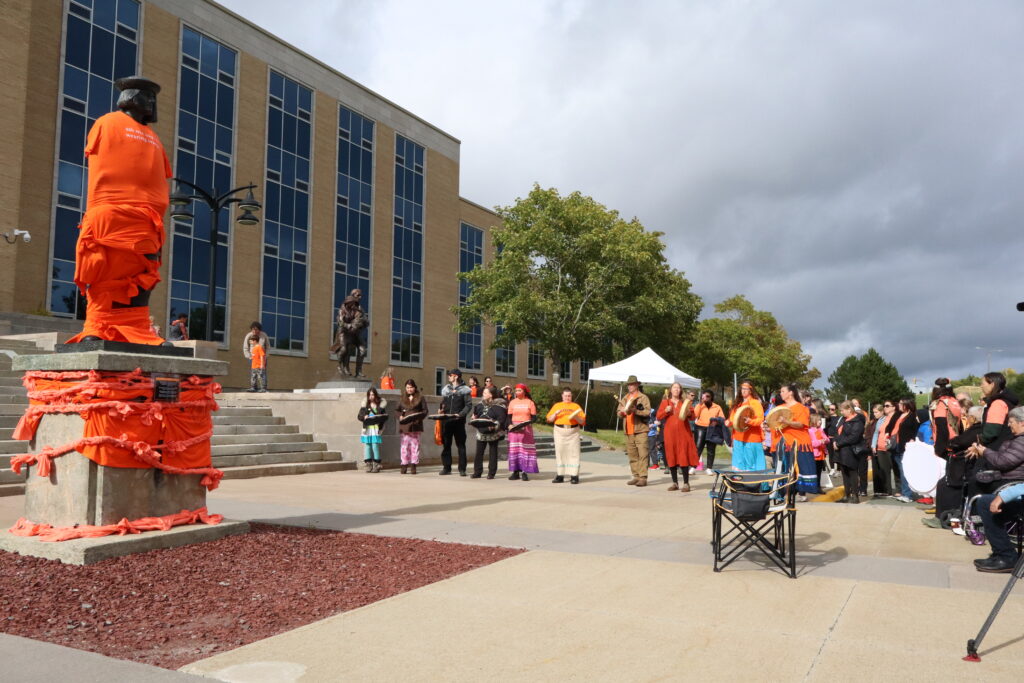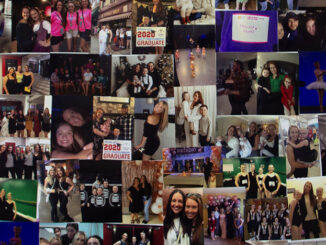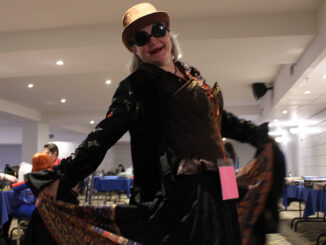Indigenous and non-Indigenous people in St. John’s joined so history wouldn’t be forgotten.
Caeleigh Hiscock
Kicker
Commemorations for Truth and Reconciliation Day in St. John’s brought together community members as they remembered and reflected on what the day is about.
Sept. 30 marked the fourth year since National Truth and Reconciliation Day was introduced. The day highlights and honours the stories of thousands of survivors and victims of residential schools across Canada.
First Light, an advocacy group for Indigenous people, held their annual Rally for Reconciliation at the Confederation Building Tuesday afternoon.

Along with the powerful drumming and singing, elders told their stories and brought tears to the eyes of some. Participants wore orange as they listened to speeches by elders and held a moment of silence to honour residential school victims.
Phyllis Webstad was one of those victims. On her first day in a residential school, they took away her favourite orange shirt. It’s been a rallying cry for the wrongs committed against Indigenous people since 2013.
First Light’s community empowerment liaison, Marc Humber, said the group thought hosting the rally at Confederation Building would be the best place to show solidarity and support. Historical statues surrounding the building were wrapped in orange creating a powerful symbol.
The rally is not only about honouring victims and survivors, said Humber, but also about telling the truth.
“When we talk about the idea of truth and reconciliation in Canada, the truth has to come before the reconciliation. That truth comes out of educating the public.”
The Canadian public education system has not done a great job at teaching people the truth about the history of Canada, said Humber, but Truth and Reconciliation Day is a step in the right direction — a way to reckon with the good and the bad.
“The truth can hurt, but it can also heal,” said Humber. “People can do good things and bad things. Canada is a beautiful, wonderful place, but there are also awful things that have happened here.”

For Scott Quilty, his Indigenous identity has not always been a part of his life, but now its something different.
“I found out later in life about my Indigenous status,” said Quilty. “So now I proudly admit it and make sure people know that.”
Truth and Reconciliation Day has opened eyes and changed attitudes, says Quilty.
“People like to think ‘not my province or not my backyard’ with Truth and Reconciliation Day, its making people realize ‘yes, this did happen in our country,’” said Quilty.
Two decades ago, Quilty discovered he was a part of the Qalipu First Nation and Mi’kmaq. Since then, he has become a member on the Indigenous council for CUPE National and uses his heritage to help those like him.
“Since I’ve discovered my status — that was unfortunately hidden from me while I was growing up — I do what I can to help the community in any way possible.”




Be the first to comment